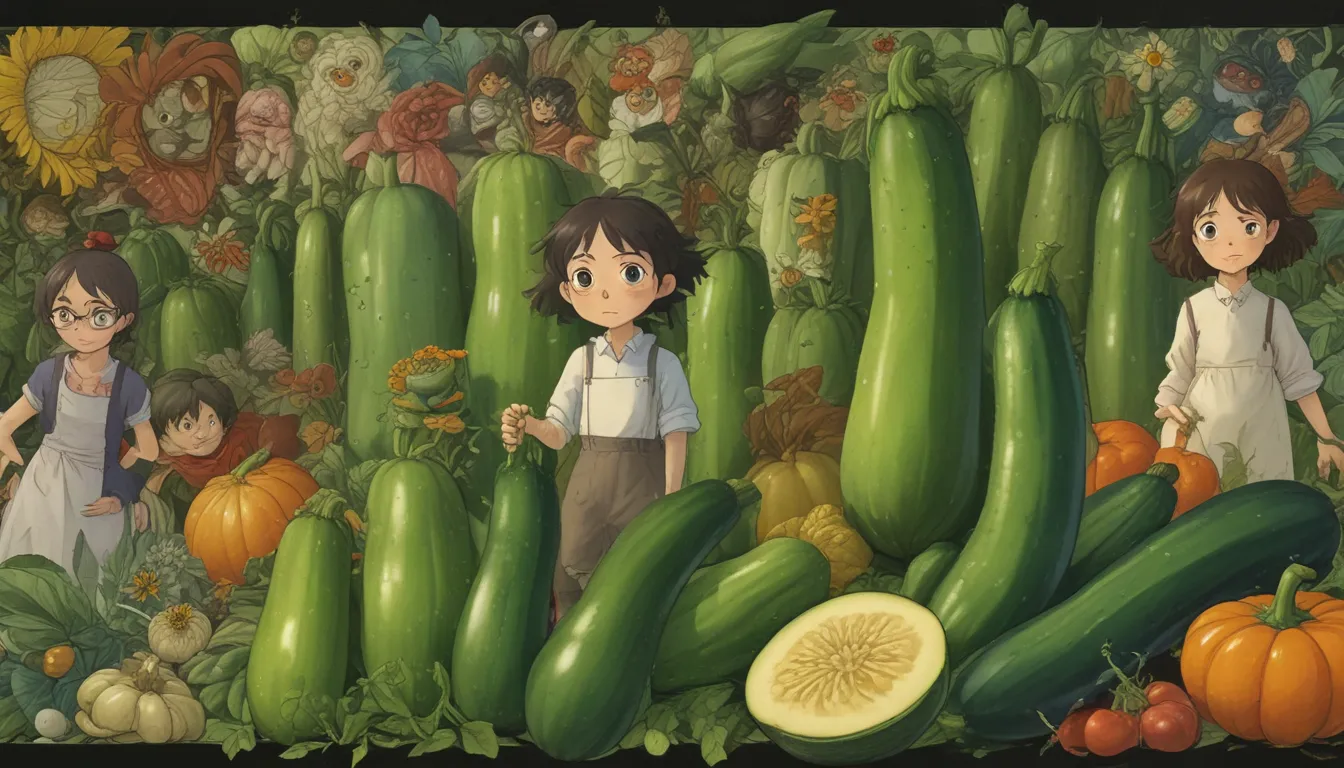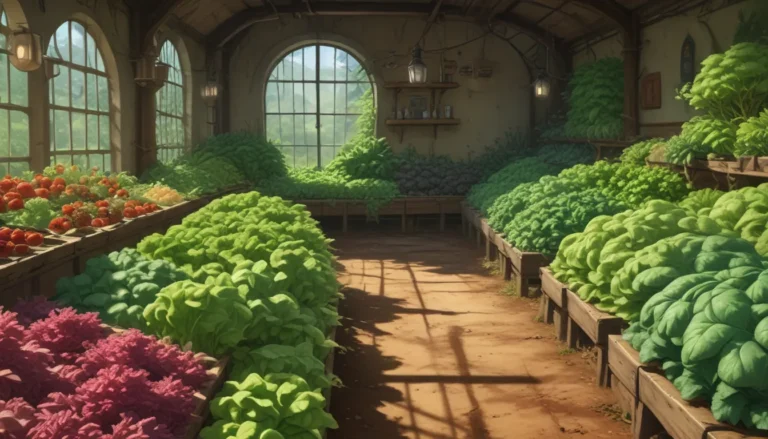Comprehensive Guide on Identifying and Controlling Common Zucchini Diseases

Zucchini, a beloved plant among home gardeners, is valued for its prolific nature, ease of growth, and delicious fruits. However, zucchinis are susceptible to a variety of diseases, ranging from bacterial infections that can quickly destroy plants to fungal issues that lead to fruit rot.
In this detailed guide, we will explore various zucchini diseases, their symptoms, prevention methods, and treatment options to help gardeners maintain a healthy crop.
Understanding Zucchini Diseases
Zucchini plants can fall victim to an array of diseases, with each pathogen posing unique challenges to cultivation. Different regions may experience varying disease prevalence, making it essential to be aware of common issues in your specific area.
To identify and tackle zucchini diseases effectively, it is beneficial to observe planting dates, harvest times, and disease incidence in your garden from year to year. Keeping a gardening journal can aid in tracking plant health and implementing a successful crop rotation plan.
Let’s delve into the top 11 zucchini diseases:
The Top 11 Zucchini Diseases
- Alternaria Leaf Blight
- Bacterial Leaf Spot
- Bacterial Wilt
- Blossom End Rot
- Cucumber Mosaic Virus
- Downy Mildew
- Fusarium Crown and Foot Rot
- Powdery Mildew
- Septoria Leaf Spot
- Verticillium Wilt
- Zucchini Yellow Mosaic Virus
How to Handle Common Zucchini Diseases
1. Alternaria Leaf Blight
- Symptoms: Yellowish-brown spots with halos on leaves.
- Prevention: Water at the base, avoid overhead watering.
- Treatment: Trim infected leaves, use copper-based fungicides.
2. Bacterial Leaf Spot
- Symptoms: Small spots on leaves with yellow margins.
- Prevention: Use disease-free seeds, rotate crops every two years.
- Treatment: Apply copper-based fungicides; remove and destroy infected plants.
3. Bacterial Wilt
- Symptoms: Plant wilting, dark green leaves.
- Prevention: Control cucumber beetles.
- Treatment: Remove infected plants immediately to prevent spread.
4. Blossom End Rot
- Symptoms: Brown spots at fruit blossom ends.
- Prevention: Check soil calcium levels before planting.
- Treatment: Ensure adequate plant watering; avoid excessive nitrogen fertilization.
5. Cucumber Mosaic Virus
- Symptoms: Stunted plant growth, mosaic-like leaves.
- Prevention: Search for resistant plant varieties.
- Treatment: Clean tools, trap crop planting to deter aphids.
6. Downy Mildew
- Symptoms: Pale spots on leaves with fuzz underneath.
- Prevention: Maintain good air circulation.
- Treatment: Use fungicides, remove infected plants.
7. Fusarium Crown and Foot Rot
- Symptoms: Wilted leaves, necrotic tissue on crown.
- Prevention: Rotate crops regularly.
- Treatment: Avoid over or under-watering, discard infected plants.
8. Powdery Mildew
- Symptoms: Powdery coating on leaves.
- Prevention: Ensure plant spacing for air circulation.
- Treatment: Early fungicide application, consider resistant varieties.
9. Septoria Leaf Spot
- Symptoms: Circular beige spots on leaves.
- Prevention: Clean garden beds in fall.
- Treatment: Use organic or chemical-based fungicides.
10. Verticillium Wilt
- Symptoms: Yellowing and wilting of leaves.
- Prevention: Rotate crops, choose resistant varieties.
- Treatment: Remove infected plants promptly.
11. Zucchini Yellow Mosaic
- Symptoms: Plant stunting, deformed fruits.
- Prevention: Clean gardening tools thoroughly.
- Treatment: Remove diseased plants, practice crop rotation.
Implementing Best Practices
To maintain healthy zucchini plants and prevent disease outbreaks, follow these general recommendations:
- Practice crop rotation to avoid planting squash family crops in the same location consecutively.
- Clean garden beds in fall to deter pathogens from overwintering.
- Water plants at the base to prevent foliage diseases.
- Minimize weeds to reduce competition for nutrients and prevent disease hosts.
By combining disease-specific strategies with good gardening practices, you can boost zucchini plant health and harvest quality fruits. Remember to stay vigilant, address issues promptly, and adapt prevention methods based on your region’s disease prevalence.
Navigating zucchini diseases can be challenging, but with the right knowledge and proactive measures, you can safeguard your garden against common pathogens. Stay informed, observe plant health indicators, and apply appropriate treatments to nurture thriving zucchini crops.
Have you encountered zucchini diseases in your garden? Share your experiences and tactics in the comments below. Happy gardening!
For more tips on growing zucchini, explore our detailed guides on troubleshooting potential issues, managing blossom drop, cultivating zucchini in containers, and safeguarding plants from pests.
In conclusion, zucchini diseases are a common challenge for home gardeners, but with proper knowledge and preventative measures, you can protect your crop and enjoy a bountiful harvest. By understanding disease symptoms, prevention strategies, and treatment options, you can cultivate healthy zucchini plants and enhance your gardening experience. Stay informed, stay proactive, and watch your zucchinis thrive!





